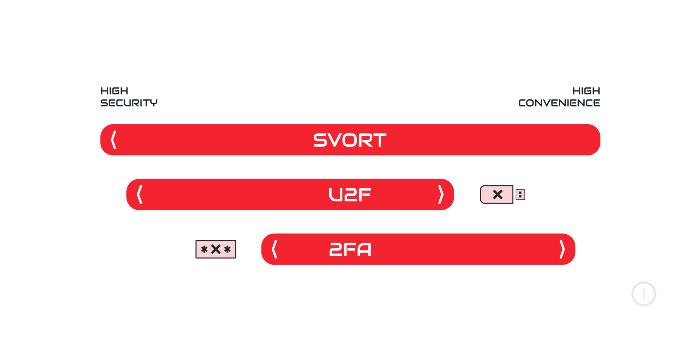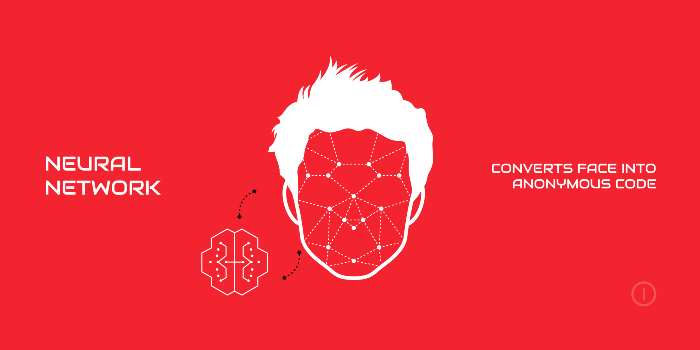Billions of passwords are exposed online, check if yours were compromised
Cybercrime is still the greatest threat either to enterprises and ordinary Internet users as it damages governments’ infrastructure and affects businesses all over the world. The global cybersecurity market size stood at $131.3 Billion in 2018, and it is predicted to reach $289.8 Billion by 2026. But it is still not enough as huge budgets do not always mean needed security level.
How do I know my data was breached?
You may think that this does not concern you. But what if we propose you to check whether your passwords are publicly available? Please pause reading here and take a minute to protect your sensitive data using this service. It enables users to know if their accounts have been compromised in a data breach. Probably, you are wondering and confused but now you have to change your passwords if you have found some of them are publicly available.
The next step is to choose a password manager. We highly recommend 1Password. But if you are going to use another one please make a research and find out whether it is safe.
Now when all your passwords are replaced with new & safe ones continue reading. You will know why to use multi-factor authentication and how to prevent data breaches.
How to reliably protect my sensitive data?
Here are a bit of stats:
- 68% of business leaders feel their cybersecurity risks are increasing, as Accenture says.
- According to RiskBased, data breaches exposed 4.1 billion records in the first half of 2019.
- SecurityIntelligence counted that the average cost of a data breach is $3.92 million as of 2019.
The only way to prevent your data from breaching is to protect it properly. Multi-factor authentication (MFA) is considered to be the most secure way of getting access. It is a security system that requires more than one method of authentication from independent categories of credentials to verify the user’s identity for a login or other transaction.
Multi-factor authentication is not as secure as we suppose it is
U2F standard and OTP are two main types of MFA.
- OTP implies receiving an SMS or e-mail that contains some secret data like a private code or link. It is fast and convenient yet insecure as there are systems that can intercept SMS messages and other ways to get access to your accounts. By the way, such systems are rather affordable.
- U2F implies cryptographic authentication with another device. It is a rather safe but inconvenient way to protect data. The main disadvantage of this method is that users’ data safety depends on devices. Once it is stolen or lost, your data is threatened.
New security solutions appear from time to time. But none of them could boast of being both convenient and ultimately secure.

Neural-biometrics access management systems
We have been using something we know or possess for getting access until now — passwords, devices, etc. But what if we ourselves were the keys? Such an idea may sound too futuristic but it is already viable.
Real users’ faces can be used as an additional security factor. This is possible due to neural-biometrics technologies. A scanned face transforms into biometric code which can be used as a key. That is how any user can utilize his biometric data for getting access and that is how neural-biometrics access management system SVORT works.
Your face is the key that can be neither stolen nor lost
The point is that only the data owner can get access to this data as it is impossible to get around the security system based on neural biometrics. No, there is no way to trick SVORT. Yes, we are absolutely sure. The ultimate security level is provided among other things by the liveness detection system. This system detects whether it is a real human in front of a camera. Spoofing attacks with photos, videos, and masks would come to nothing.

One more feature of SVORT is that it does not store biometrics data either on users’ devices or on servers. It transfers biometric data into static code, but not vice versa. No one would get access to your sensitive data as it is impossible to steal something that is not stored.
Biometrics access management systems are still in their infancy but progressively gaining momentum. As it stands, only such systems are both convenient enough and totally secure. Shortly biometrics access management systems will replace classic multifactor authentication methods. Meanwhile, we are working hard to make SVORT the very software solution that will make ordinary users, enterprises, and government bodies entirely invulnerable to cyber-threats.
From the next post, you will learn in detail what is neural biometrics and how it is used in SVORT. Stay up to date and keep your digital environment secure!